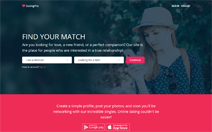Dynamic Landing Pages: What’s that, How’s that, and How we use it
Today, I want to talk about dynamic landing pages or landing pages with dynamic content, how it can be used, why it should be used and how we use it.
Dynamic landing pages are an important part of our Advanced dating package.
But first of all, let’s take a step back and recall what’s a landing page.
Wait…What’s a landing page?
A landing page is a key element of an advertising campaign (the process of driving people to your website through organic or paid search) that affects the conversion of users to a client (or buyer). If the ad’s purpose is to attract the attention of a user, then the task of an effective landing page is to keep the user on the page and convince him to complete the target action (usually the registration). There are many recommendations on how to create a proper landing page, but, unfortunately, there is no universal recipe. Depending on the nature of the advertised product, there are various approaches to creating a landing page.
Overall, the landing page consists of the following elements:
- Header / Descriptor
- Image
- Description
- Call to action (or CTA)
- Something to strengthen the CTA (promotions, coupons, discounts, limited offers, countdown)
Now let’s get back to dynamic landing pages.
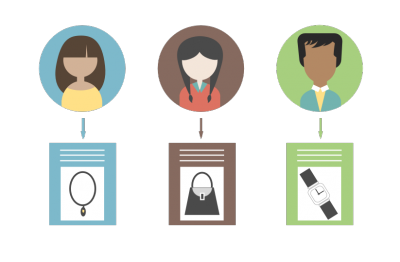
Dynamic content: Turning one landing page into several
There is a rule among professionals – “1 page – 1 offer”. Otherwise, the conversion drops sharply. Thus, a single landing page is usually dedicated to a single service or product.
But when there are several services, the most obvious solution is to create several landing pages. But it takes a sizable amount of time, money and patience – especially when a new service is temporary or seasonal. Conversion can be enhanced by dynamic content that allows you to change the headings, text, buttons, and images depending on what your user wants to see.
So how does it work? Dynamic content is a block or an element, which, depending on the value of a special parameter in the URL (e.g. mysite.com/?utm_content=dates_in_new_york will show information only about New York), replaces the default information with a new piece of information.
The main feature of this technology is that it does not require the creation of additional site pages, which significantly saves startup time and finances.
But then you’ll ask me … is dynamic content even legal? And those people who want to create a dynamic landing are often stopped by the terrible word “cloaking”. This is one of the black SEO techniques when you show one piece of information to a real person and a different piece of information to the search robots.
And it’s not good, cloaking will result in site being banned by search engines.
But, dynamic landing pages have nothing to do with this. Cloakers work with natural results, and we will replace the words in the browser of the user who clicked on a special link. If the user follows a direct link, he will see the original version of the page, as well as search robots.
But to be on a safe side, everyone usually forbids search bots from indexing the page with dynamic content.

Dynamic content in practice
Okay, we talked about some theory and basic rules, now let me give you some examples, eh?
What we use for our landings is WordPress where we write our own page template through HTML + CSS + JS and we also use online page builder Tilda
Tilda has a pretty simple dynamic content setup
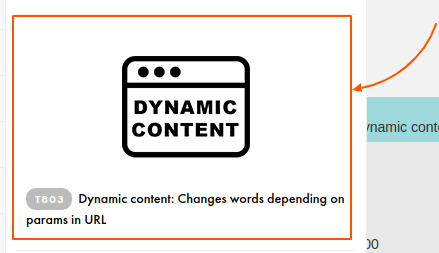
You can click this link if you want to find out more about it.
I’ll use our lead magnet page as an example:
Here what a person will see when he opens a direct link without any parameters
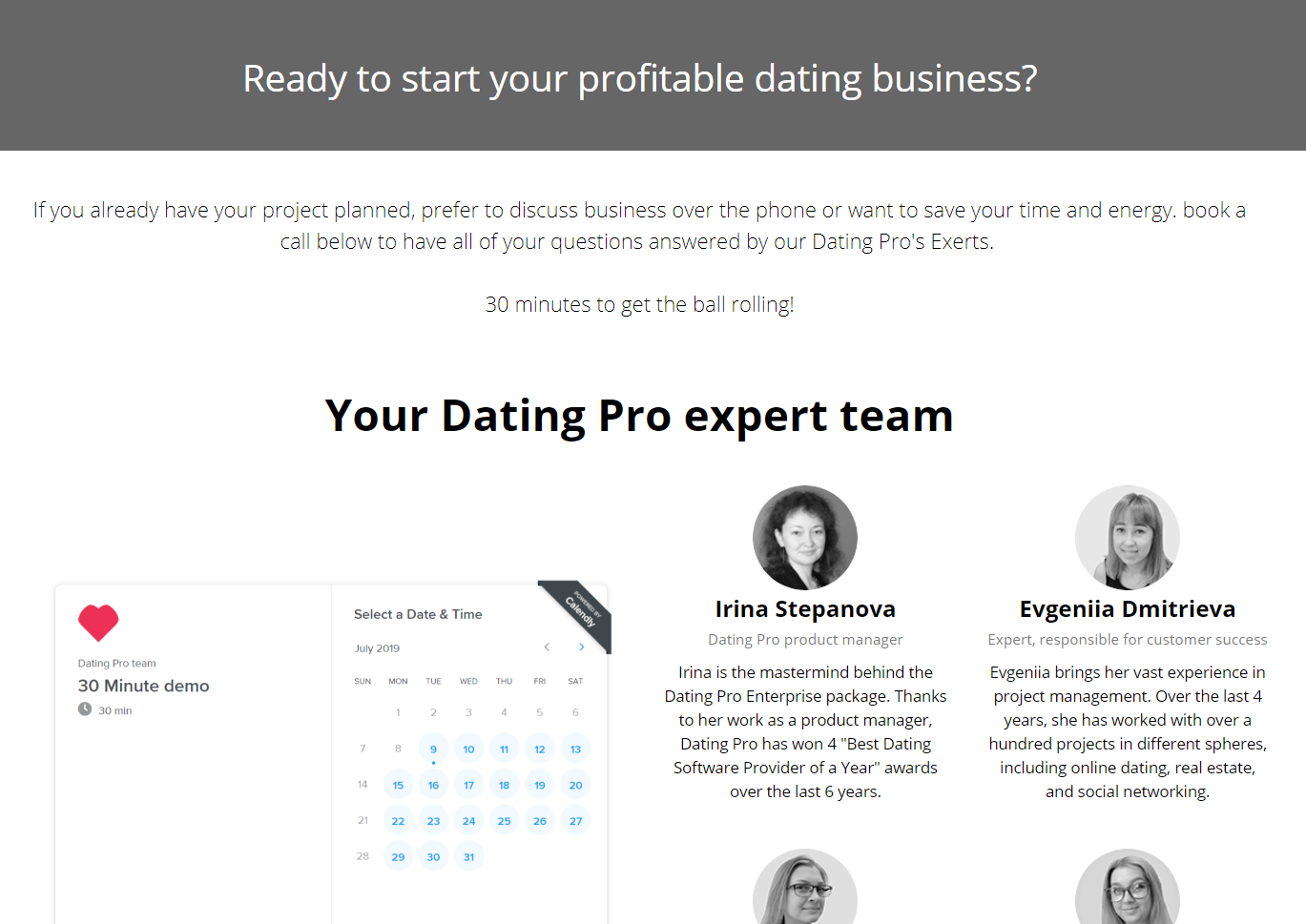
Here is the same page but now with a specific UTM parameter in the link:
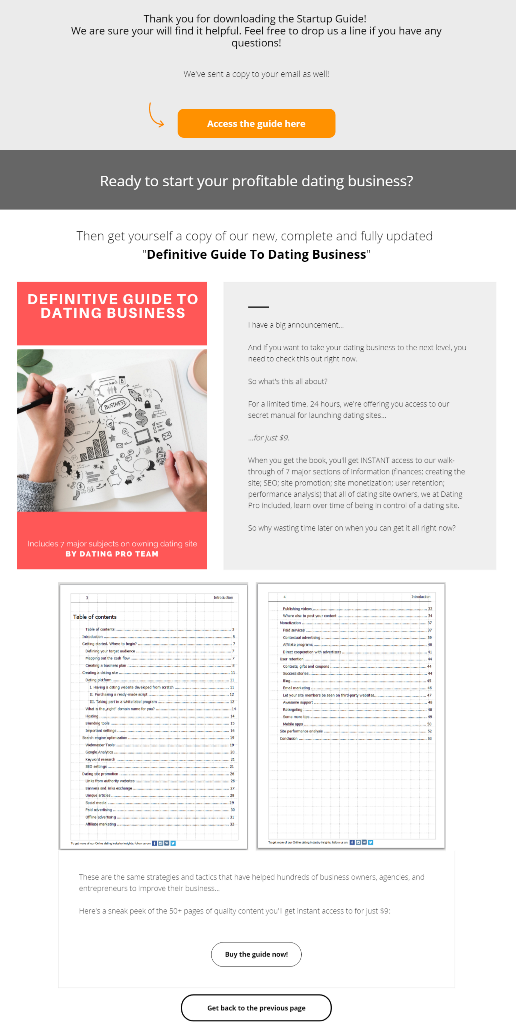
As you can see, not much is left from the original page, right?
And here is how the page with all blocks shown looks like:

Click here to open the full view
So as you can see, 1 page serves as 6 different pages with just a little bit of changes in the URL. Pretty neet, eh?
How effective is dynamic content in general?
It is hard to say. There aren’t any global studies on this subject. But in all cases that I found, they noted an increase in conversion. Some have 5%, others have more than 100%. On the other hand, unsuccessful cases are generally not that common.
In conclusion, I want to add that only through split testing (a.k.a A/B testing) a higher conversion can be achieved. By testing each element in succession, you can determine which combination of heading, subheading, description, image, and CTA makes a landing page convert your visitors into users.
Do not forget to analyze and correctly identify the problems of your target audience. If there is an opportunity to interview users who have left their contact details but have not made a purchase, be sure to use this opportunity.

